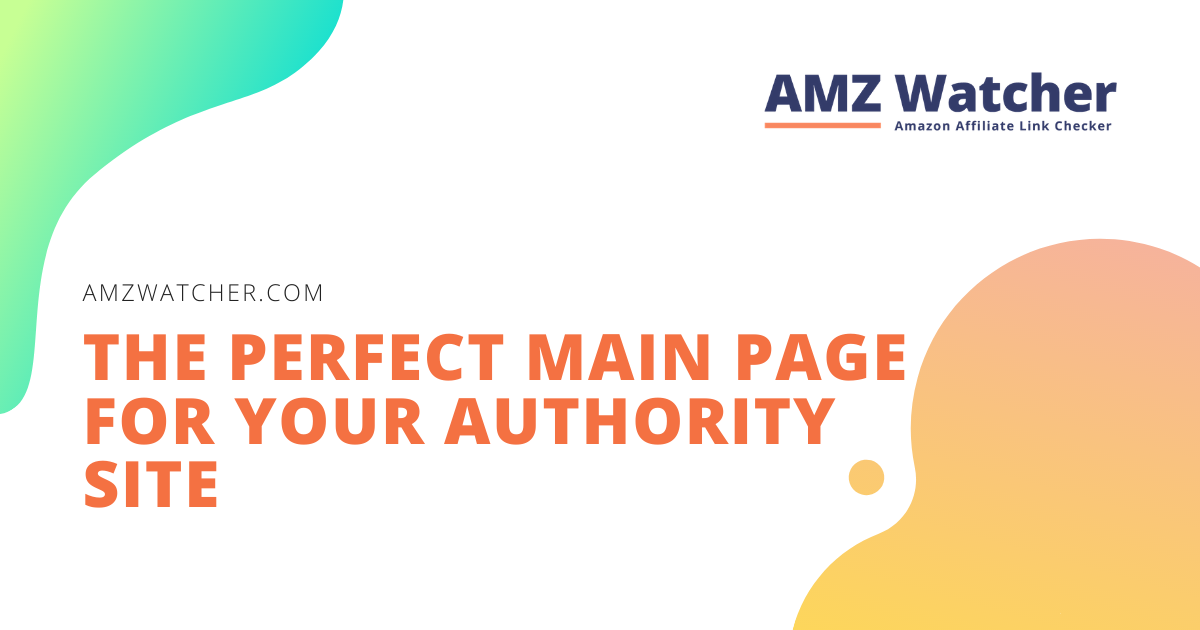Improving your content involves the process of “OnPage Optimization.” As its name suggests, these are strategies you can implement directly on your website (e.g. improving meta description and title tags). You’ll have two goals this time – boost your search engine rankings, and make your content visually appealing to readers.
Ready to upgrade your write up? With this guide, allow me to walk you through five factors you have to get right to optimize your niche site.
Contents
1. Article title
Your article’s title is the first element that your readers will first encounter, and there’s a lot at stake with these few words! What can a visitor expect from your content? Which problems are solved? Your headline must be able to answer these questions and more.
How to get it right:
- Include your main keyword in the title.
- Do not spoil your title with a complex medley of keywords. Save that for your content’s body!
- Stick to engaging and simple words.
- Never repeat the same title for two articles. Otherwise, you’ll confuse Google’s algorithm and it won’t be able to determine which one to display.
- Though it has no character limit, avoid writing two or three-line titles. Keep it short!
- Check if your title is correctly set as the article’s H1 (Headline 1). You don’t have to worry about this when using most WordPress themes, but it still pays to check with your browser’s “Examine Element” function.
2. Subheadings
While your title serves as the article’s H1, subheadings can be classified from H2 to H6. This helps you build your content with a clear hierarchy from general to specific sections. From experience, I only have gotten as far as H4 and that seemed pretty sufficient.
How to get it right:
- Clearly describe what each section is about
- Similar to your H1, it’s best to use engaging and simple words. Some bloggers love to use question form headings.
- Use relevant keywords for each subheading. Long-tail keywords work great as subheadings.
3. Keywords usage
Keywords are common phrases or terms that your visitors enter into Google and other search engines as queries. Simply put, they serve as the bridge between your content and your target audience. No matter how valuable and substantial your article may be, all efforts poured into producing it is futile if it has poor search results rankings.
How to get it right:
- Strategically inject your main keyword in the article, preferably in the introduction and the conclusion.
- Maximize your keyword cluster.
- Make sure that you have used your main keyword more frequently than supporting ones.
- Check the spelling and hyphenation consistency for each keyword.
- Quality over quantity. If a keyword doesn’t feel right, don’t force it!
4. Paragraphs
Your paragraphs are where all your article’s selling point will be shown off. The challenge lies in making sure that visitors will read your content from start to finish. Since netizens are often in a rush, every single sentence you use must add value. You wouldn’t want to leave the impression that your blog is a total waste of time!
How to get it right:
- Keep your paragraphs short. While one-liners work great as attention grabbers, I often keep mine between 50 to 70 words.
- Play around with bold and italics. Emphasize the most significant statements in your paragraph with the bold formatting. This is pretty helpful for visitors who are only after a quick scan. Meanwhile, I love setting quotations, brands, and products in italics.
- Stay clear of the justified paragraph formatting. When I first started, I thought I have to mimic the bold and formal appeal of newspapers and magazines. Little did I know that using block paragraphs can sabotage how my website is displayed on varied types of devices. The gaps between texts can be a real eyesore!
- Base articles’ word count on its purpose. So long as you’ve answered all questions that readers may have in mind about the topic, you’re good to go. 500 words is often enough for most cases, though in-depth guides work best when written over 1,000 words.
- Pay close attention to your spelling and sentence construction. There are tools like Grammarly who can flag all sorts of errors and assist you in ensuring conciseness and readability.
- Use enumerations to make certain parts of your article more visually appealing and digestible. This would be when writing about pros and cons, features, or step-by-step guides. The plugin ShortCode Ultimate can also add icons to highlight your enumerations better.
5. Table of contents
If your content exceeds the 1000 word limit, you should definitely include a table of contents. It’s possible that your readers won’t be interested in all topics you have covered. Help them pick out the most relevant paragraphs by creating a clickable directory that can assist them in navigating your article.
How to get it right:
- Use WordPress plugins to help you embed a table of contents. My personal favorites are Table of Contents Plus and Fixed TOC, which both works automatically with just a few adjustments in its settings page.




